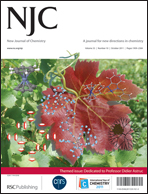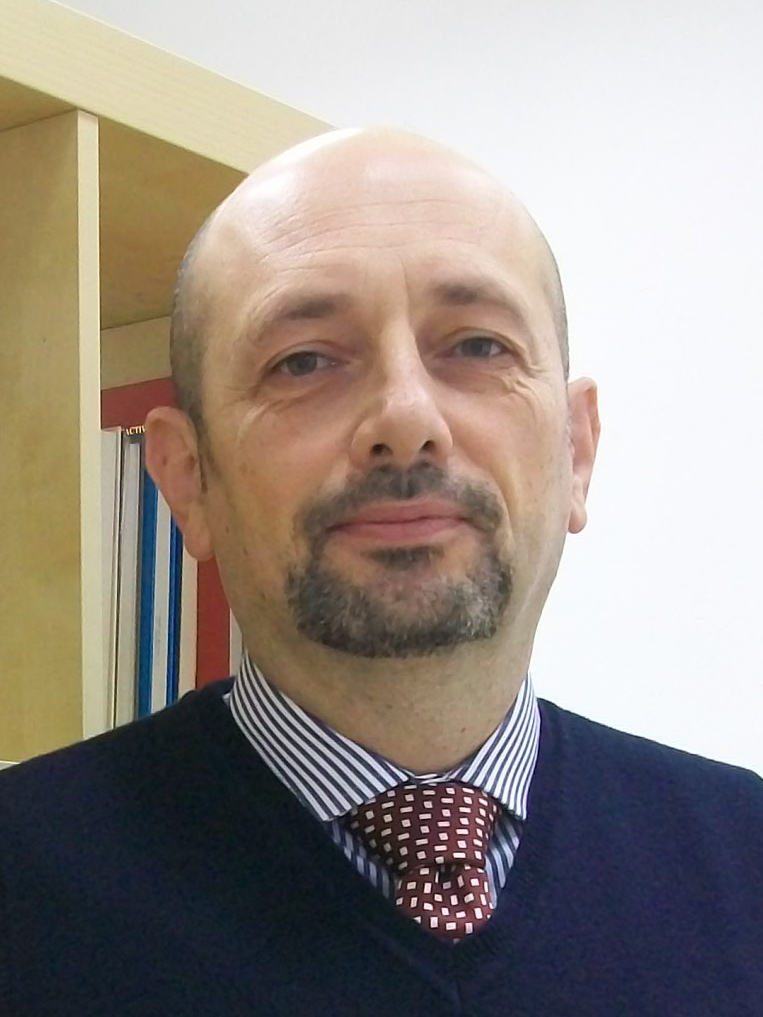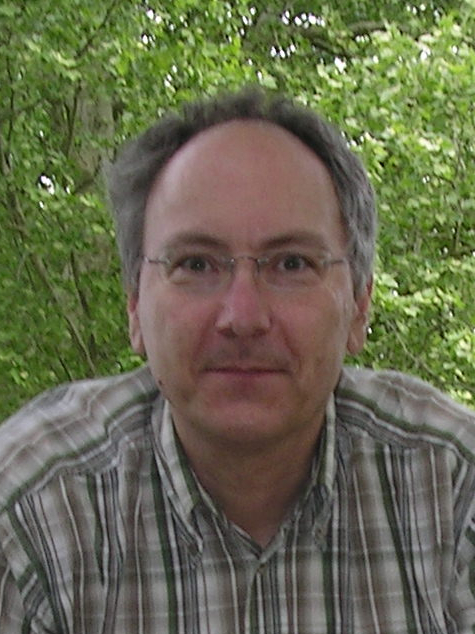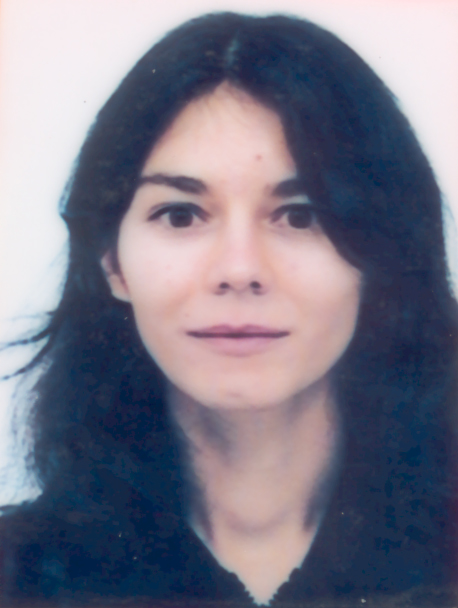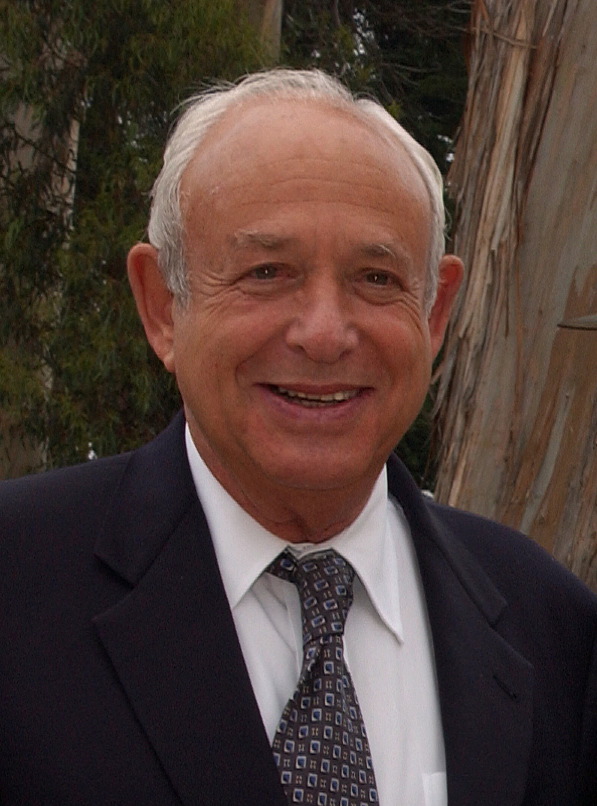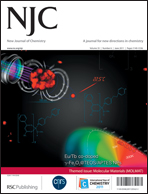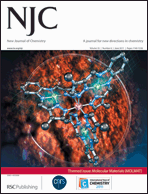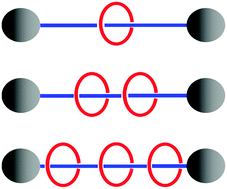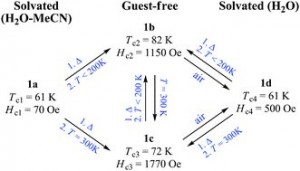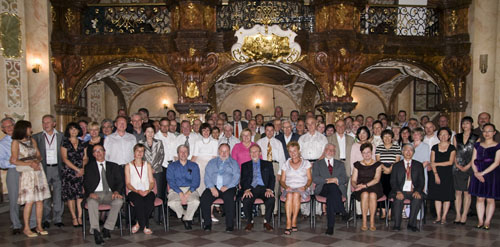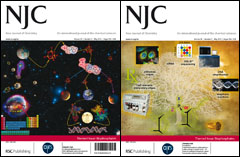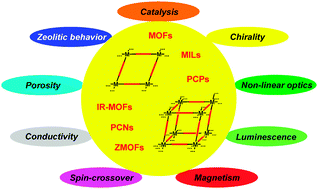Since the October issue of NJC is dedicated to Didier Astruc, we asked some of the contributors to share their souvenirs of Didier with us.
The authors highlighted in this article are some of Didier’s scientific friends. In a companion article, we talked with three former collaborators.
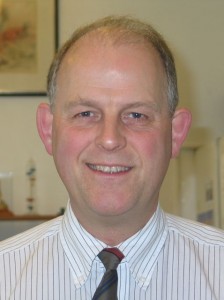 Holger Butenschön is a Professor at Leibniz University in Hannover, working in the fields of organic and organometallic chemistry.
Holger Butenschön is a Professor at Leibniz University in Hannover, working in the fields of organic and organometallic chemistry.
Holger first met Didier at an organometallic chemistry conference in Gera, Germany, in the summer of 1990. He recalls that “We had a good time together with Peter Vollhardt and others.” They met on several other occasions, including during the summer holidays that Holger spent with his family near Bordeaux. The last time their paths crossed was in Düsseldorf at a ferrocene conference: “this gave us the chance to share a bottle of good red wine in the hotel.”
“Didier’s work was always a valuable source of new ideas. Myself coming from organic chemistry, his way of thinking broadened my mind.” Holger clearly remembers a small detail: Didier whistles when he finds something is interesting or remarkable.
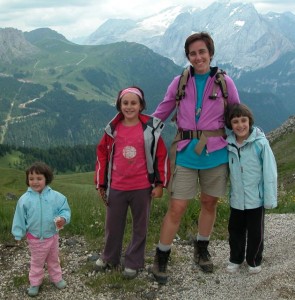 Paola Ceroni, currently Associate Professor of chemistry at the University of Bologna, studies the photochemistry of supramolecular systems and nano-objects, with particular attention devoted to photoactive dendrimers.
Paola Ceroni, currently Associate Professor of chemistry at the University of Bologna, studies the photochemistry of supramolecular systems and nano-objects, with particular attention devoted to photoactive dendrimers.
Paola has no direct connection with Didier, but has followed his pioneering work on dendrimers since her student days. She explains that “his research on electroactive dendrimers has been very stimulating for my research, particularly with reference to molecular batteries and electrochemical sensors with signal amplification.” Didier’s visit to Bologna in 2009, on the occasion of the joint prize of the Italian and French Chemical Societies, was the occasion for them to enjoy a walking tour of the city.
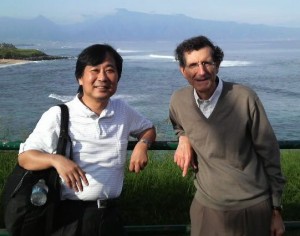 Hiroshi Nishihara is Professor of chemistry and Vice Dean of the School of Science of the University of Tokyo. His research centers on the creation of new electro-, photo-, and magneto-functional materials based on transition metal complexes, donor-acceptor conjugated systems, and/or metal nanoparticles.
Hiroshi Nishihara is Professor of chemistry and Vice Dean of the School of Science of the University of Tokyo. His research centers on the creation of new electro-, photo-, and magneto-functional materials based on transition metal complexes, donor-acceptor conjugated systems, and/or metal nanoparticles.
Hiroshi and Didier have a very close relationship, dating back to their meeting in 1998 at the first Chianti Meeting on Inorganic Electrochemistry (ChiMIE). Hiroshi was from the start much impressed by Didier’s intellectual knowledge and wonderful personality, and has appreciated the valuable advice given by Didier. “Discussion with him is always encouraging and gives me new ideas.”
The two friends have met many times since on various occasions. Hiroshi in particular recalls trips together to beautiful and historical places, such as Maui. Hiroshi has visited Didier in Bordeaux four times, and Didier has reciprocated with stays in Tokyo on two occasions. In addition, each has welcomed a student from his colleague’s group: Marie-Christine Daniel went to Tokyo while Tetsuro Kusamoto spent time in Bordeaux.
Our authors briefly comment their contributions to the dedicated issue:
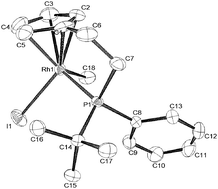 New cyclopentadienylethylphosphane chelate complexes with unsymmetrical phosphane substitution by Karin Janssen (née Kirleis) and Holger Butenschön, New J. Chem., 2011, 35, 2287-2298. DOI: 10.1039/C1NJ20292H
New cyclopentadienylethylphosphane chelate complexes with unsymmetrical phosphane substitution by Karin Janssen (née Kirleis) and Holger Butenschön, New J. Chem., 2011, 35, 2287-2298. DOI: 10.1039/C1NJ20292H
While cyclopentadienylalkylphosphane chelate complexes with two identical substituents at phosphorus have been widely investigated, our contribution presents the first cobalt chelates with different substituents at phosphorus. This causes some asymmetry and gives an insight into the through-space interactions of the substituents with the other ligands present in the complex.
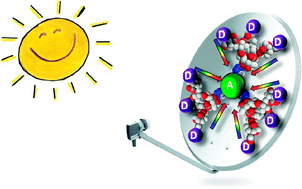 Designing light harvesting antennas by luminescent dendrimers by Vincenzo Balzani, Giacomo Bergamini, Paola Ceroni and Enrico Marchi, New J. Chem., 2011, 35, 1944-1954. DOI: 10.1039/C1NJ20142E
Designing light harvesting antennas by luminescent dendrimers by Vincenzo Balzani, Giacomo Bergamini, Paola Ceroni and Enrico Marchi, New J. Chem., 2011, 35, 1944-1954. DOI: 10.1039/C1NJ20142E
Dendrimers are macromolecules with extraordinary properties: their aesthetically pleasing structures enable a controlled organization of different functional units. This is a prerequisite to build up an efficient molecular antenna, in which the light absorbed by the peripheral units is funneled to a common acceptor by a sequence of energy transfer steps. Applications of these systems to the conversion of solar energy into electricity or fuels as well as sensors with signal amplification are envisaged.
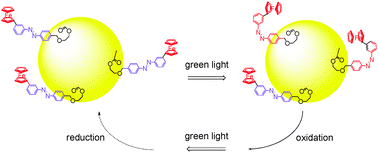 Synthesis of photo-switchable 3-FcAB-modified polymer particles by Kosuke Namiki, Masaki Murata, Shoko Kume and Hiroshi Nishihara, New J. Chem., 2011, 35, 2146-2152. DOI: 10.1039/C1NJ20189A
Synthesis of photo-switchable 3-FcAB-modified polymer particles by Kosuke Namiki, Masaki Murata, Shoko Kume and Hiroshi Nishihara, New J. Chem., 2011, 35, 2146-2152. DOI: 10.1039/C1NJ20189A
We introduced 3-ferrocenylazobenze to the polymer particles and succeeded in reversible trans-cis isomerization of the azobenzene moiety by green light irradiation combined with redox reaction of the ferrocene moiety. This result can lead to developing a photo-switching system using spectroscopic detection of the isomerization behaviors of nano-dots.
For the full list of articles comprising this dedicated issue, click here!











